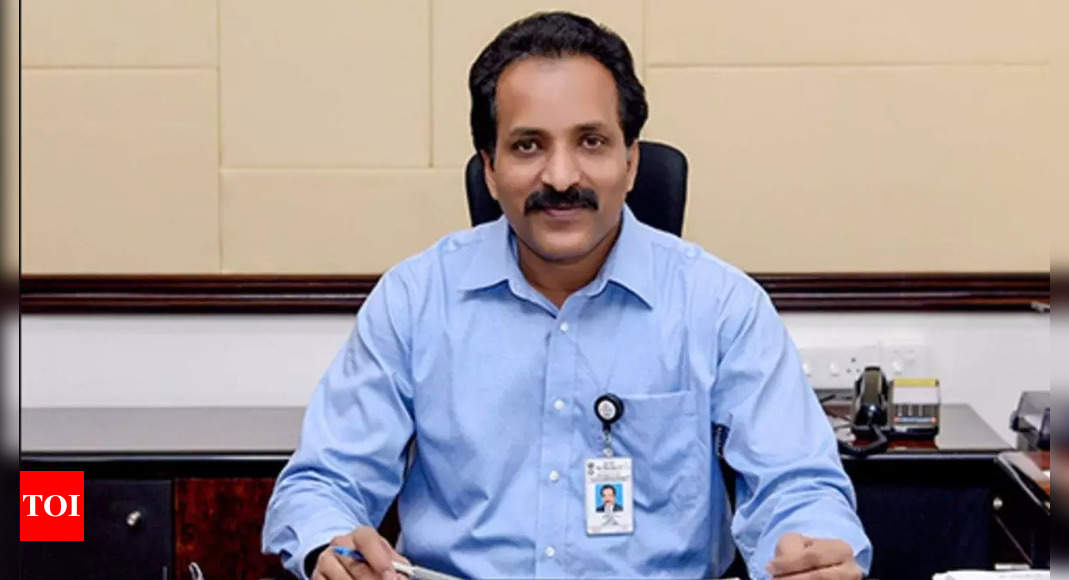Our space program was not made to excite people. It was nothing more than a poor county's effort to develop satellite technologies for cheap as west was charging high and had already isolated us for nuclear program. Space exploration wasn't even a thing in ISRO's programs until Vajpayee's rise.
Someone from 2000 can only wonder how swiftly we got into race from nothing at all.
Nobody is talking about failures but no amount of motivation will make a primary student crack a Ph. D exam. He needs his time and so does ISRO.
You really need to study required technologies, capital, cycle time and history of these technologies during space race between US & USSR.
SpaceX like any other western private company has awesome PR. It making base on moon even with NASA's help in next 10 years is a wet dream.
That's achievable only provided that calendar time is slowed down to 2.5 years in one. Just capability to throw away things in space is not enough.
Sorry, that was cute!!

$20 billions won't be enough to sustain Gaganyaan+Indian Space Station alone. Even India's defense budget may fall short and delivering in time is just a pipe dream.
For Lunar station,
- An average super heavy cargo rocket would require $3-5 billions per launch. A reusable one might go cheaper but we are yet to develop either of them.
- Need soft landing capabilities for spacecrafts and unmanned docking capabilities for space and lunar surface. We don't have experience or capability of either too. A small LEO docking mission (SPADEX) and soft landing (Chandrayaan-3) are just in planning stage. Advanced rendezvous docking and robotics are at primitive stages in most countries (not just India). Only somehow building a modular space station is a demonstration of proper docking capabilities. And till date, only Chandrayaan-2 was our only proper robotic spacecraft ever went to space.
- Need communication and data relay. We need at least one selenostationary communication satellite on moon and at least two lunar data relay satellites on moon again for continous communication and then a earth space station or a big network of data relay satellites on earth. We are even struggling to launch two earth based data relay satellites for Gaganyaan and Indian space station project. We have not even conducted SPADEX.
- Manned interplanetary missions require certain degree of training of astronauts (orbitals hours) in earth orbit just like a pilot needs certain continuity flying hours to remain battle fit and even a welder welding submarines and ships in a dock needs continual experience for qualification. We are ZERO!! Only conducting Gaganyaan will earn us some hours and training on Indian space station will help us understand medical science in outer orbits. That's what Russia and China is doing and US is doing again.
- What on moon? Materials to bind soil? Digging, building basements and hardening shelters against asteroids (which is beyond human capability right now). And hey, how would you fly back from there. Will you launch and waste a $4-5 billions Gemini like spacecraft to fly back everytime or will you make a rocket launch pad there? And all these things; building a mini city will be done by just AI robots (LOL) and they will be super cheap too. (LOL LOL)? Landing humans there is more realistic than it.

Only two countries in world have ability to build a little outpost on moon in next 15-20 years that even only if they collaborate; US & Russia. US has to train astronauts and Russia doesn't have capital to develop SHLV.
China & India are just publishing concepts and EU & Japan aren't even going into it further on own. Stop reading too many fan articles.
You don't throw just anything in space in name of "trying". If you don't have a plan and not executing as per it, you are not trying. You are just playing and wasting resources rather than using them at correct time.
No we don't. Ground tests are yet to happen and after them suborbital and orbital tests will take place with multiple stages and configurations with intervals of many years between every launch.
It will easily take 2027-28 to develop an Indian HLV in the league of Delta-IV heavy, CZ-5 and Ariane 5 which is essential for our space station, missions to Jupiter and beyond, heavy missions to earth orbit, moon & Mars. Even Indian space station might not appear in 2030. SHLV at best will achieve its detailed design phase till 2030.
Failures, production delays and rectification of anomalies etc. things are everywhere what brought LVM3 from 2006 to 2014 and if we count such things in this, we aren't doing any human or robotic settlement on moon before 2050.
DoS administration quite much knows about realistic timelines and they have made it clear that GSLV Mk3 will fly with SCE-200 only after Gaganyaan mission. Not before 2025 even if I make a stupid assumption that they will take no time to mate new engine in GSLV Mk3 (that should take years).
Things just don't work straight as in SM comments nor do scientists get anything out of motivational quotes nor do production machines stop undergoing maintenance.





